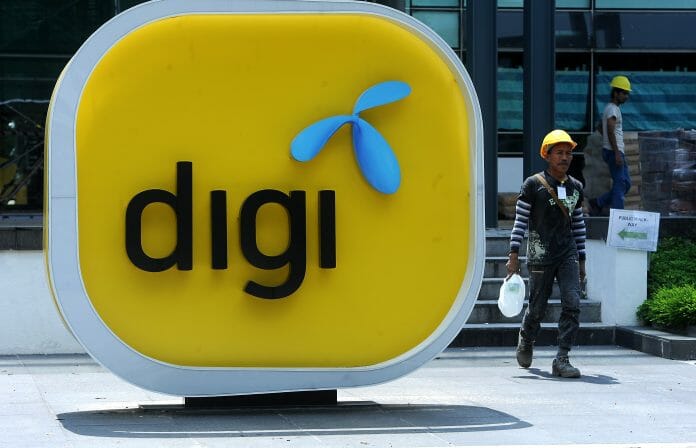After much delay, Kenanga believes four of the six telco operators are expected to sign on the dotted line with regards to the SWN in the 5G rollout. Reiterating the commitment by the MNOs to DNB’s equity participation would likely boost its credit rating in its bond-raising exercise to roll out 5G. This is also a win for the national interest as it accelerates Malaysia’s IR 4.0 progress, boosted by efficient mobile speeds at affordable tariffs. Firm commitment from all industry players and stakeholders has seen 5G coverage reaching 27% of the population with the targeted 37% expected to reach by end of 2022.
The coverage in urban and populated areas first makes perfect sense given the need for a more stable consistent coverage in densely populated and business areas. From other countries’ experience, expect pricing for 5G services to be slightly higher which should minimize the impact of outlay costs. 5G aside, Kenanga remains positive on the sector’s outlook premised on resilient demand from both consumers and businesses, locally and regionally. Demand for local mobile and broadband will be supported with wider coverage at the end of Phase 1 of the Jendela Initiative.
Players like AXIATA (via CELCOM) and DIGI looks set to benefit from the wider coverage and reaching to the remote corners of Malaysia, and the return of migrant workers. Telco operators which are able to roll out 5G services the soonest will have a first mover advantage given the limited availability of 5G at the moment.
In providing wider 4G coverage and better broadband quality as the country transitions to 5G technology, the JENDELA initiative is seen to be on track and has even exceeded targets in some areas. As of 1HCY22 a total of 7.2m premises (2022 target: 7.5m) now have access to fibre broadband and 95.6% (vs 2022 target of 96.9%) of populated areas have access to the 4G coverage. Meanwhile, the average mobile broadband speed has also increased to 40.13 Mbps (megabits per second), surpassing the original Phase 1 target of 35 Mbps.
In addressing connectivity challenges, satellite and 5G services have been accelerated to 4QCY22 from its initial Phase 2 target with 893 sites deployed with satellite broadband with selected places like Cyberjaya, Putrajaya, and Kuala Lumpur having 5G access, to be followed by major towns in both Peninsular and East Malaysia. That said 2QCY22 saw industry players surpassing their fiberisation premises targets with Celcom overachieved the fiberisation by 126% followed by TM, Maxis, and TIME. For the base station upgrade, the five key mobile broadband service providers have upgraded a total of 1,710 base stations or 106.4% of their original target.
Sector top picks are DIGI (OP; TP: RM4.25) and TM (OP; TP: RM7.95). DIGI is liked for its superior EBITDA margin at 47%-48% vs. the industry average of 41%, and the merger with Celcom, giving birth to a new market leader in the mobile market with a combined market share of 44%, and its first mover advantage in providing 5G.
TM for the positive tailwinds on the digital space as economies reopen and the enhanced network coverage nationwide boosting internet demand from both public and business. As for OCK, for its opportunities in tower infra in SEA and its stable, visible earnings.









